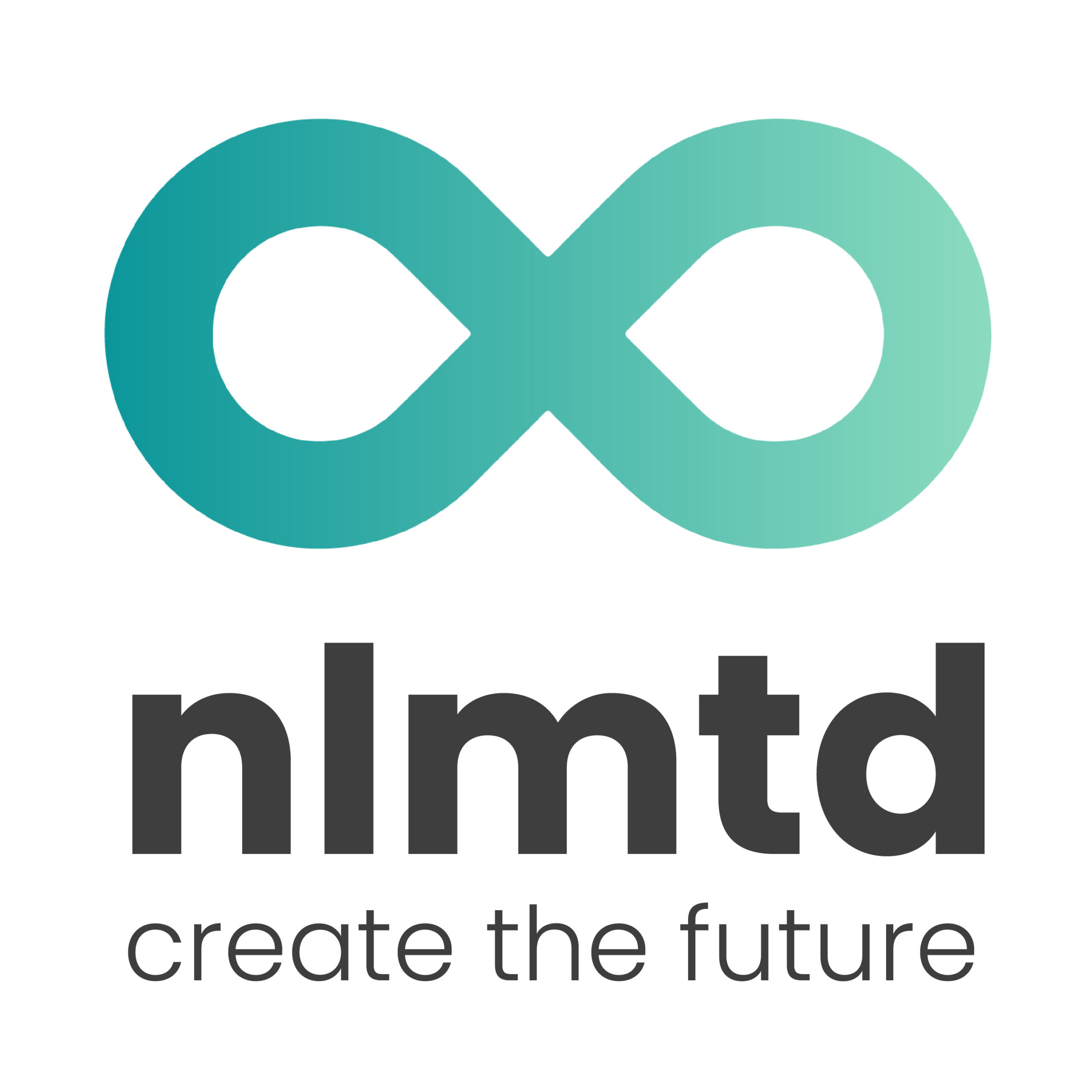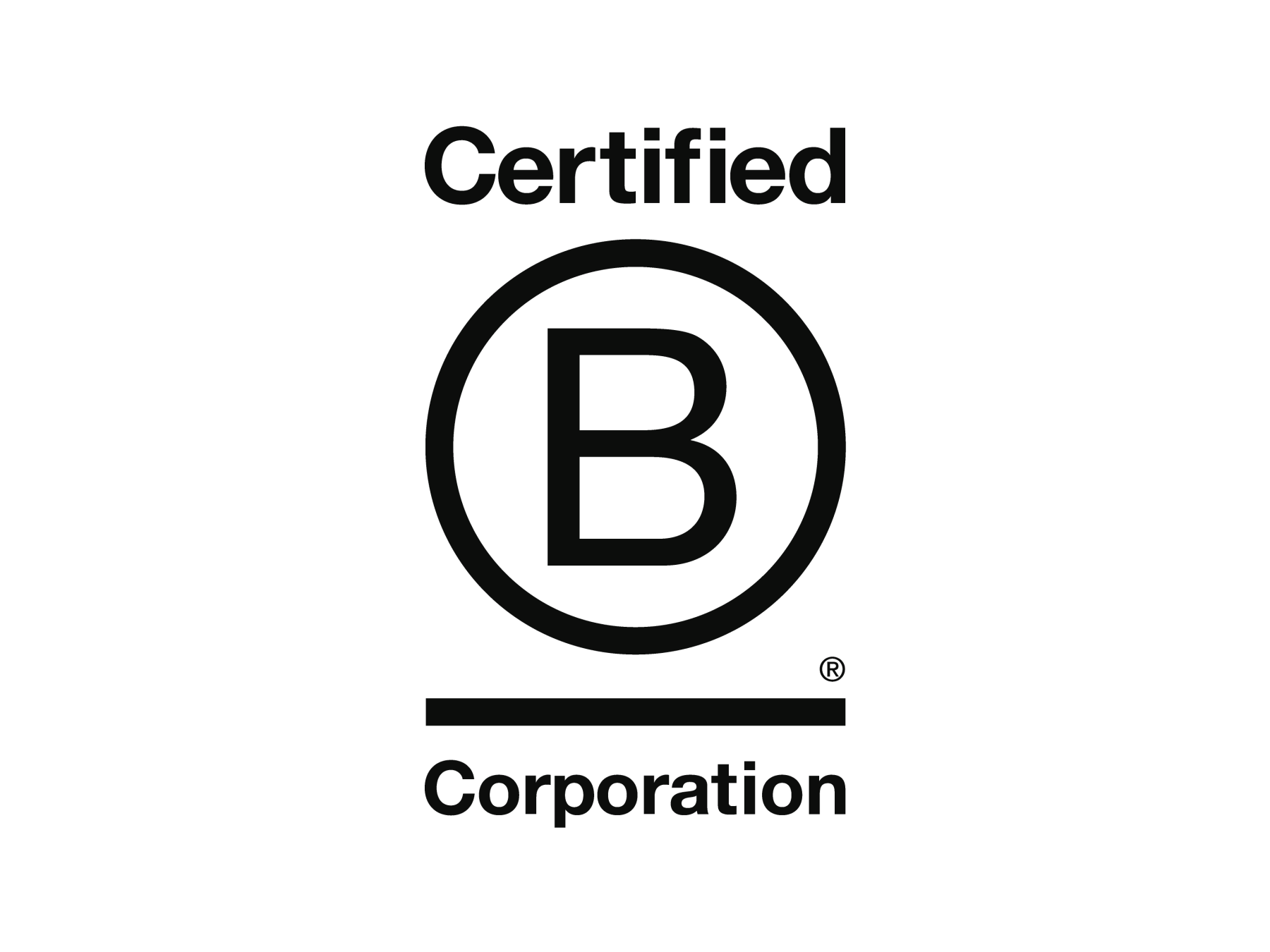Many organisations, whether large or small and old or new, struggle with the ever-faster changes in their market. They know they have to adapt to respond to these opportunities and threats, but just not how. The question they have to answer is: how can we become future-proof? An important factor in this is innovation and continuous improvement of your value creation for customers.
They are called the “frightful five”: Apple, Facebook, Amazon, Microsoft and Alphabet. These Western tech giants have a market capitalisation that currently amounts to 4.1 trillion dollars. Asian players such as Alibaba, Tencent and Samsung have similar positions. The power and force of these types of companies therefore have an immense reach.
An example: Amazon noted there were imperfections in the very complex healthcare sector. This offered an opportunity that could be cashed in by an innovative approach to value creation for customers: the use of technology could make healthcare cheaper and simpler. The announcement by Jeff Bezos that Amazon, along with JP Morgan and Berkshire Hathaway, would start a new healthcare company, shook the market on January 30, 2018. On that day, the stock market prices of producers of medical equipment, health insurers, pharmacy chains, drug distributors and health care providers fell by an average of 6%, causing hundreds of billions of dollars in market value to evaporate.
Value creation: a flow based on three ideas
The valuation of companies is, of course, determined by a combination of various factors. And value creation for customers is the most important part of this. But what actually is that, value creation? For many, it is an abstract concept. Or people think it is something that is limited to the marketing department. While it is a very practical concept that can and must be applied throughout the entire organisation, preferably by multidisciplinary teams.
In recent years I have therefore developed a structured approach to value creation based on research, literature and daily practice, in which continuous improvement and experimentation are central. This “value creation flow”, which is now being successfully applied by various startups and corporates, is based on three interrelated ideas:
• Value creation involves a direct exchange mechanism between the organisation and its customers.
The organisation must ensure that its products, services, channels and customer processes are relevant, so that its customers perceive them as valuable: the value for the customer. In exchange, the organisation will be able to convert prospects, retain customers and generate contribution margin. This results in customer value: the sum of all profits from customer relationships to be generated in the future.
• Organisations that learn faster than their competitors will be the winners in tomorrow’s market.
Value creation for customers must therefore take place through an iterative process. This involves input from customers to learn in a short-cycle from the activities that the organisation performs and from the results that they deliver.
• Optimal value creation for customers starts with putting the customer first by means of an outside-in approach for everything the organisation does.
This means that the structure of the structure, processes, systems, governance and other organisational factors must be integrally aligned with what the customer wants and how he behaves. And not the other way around, as often happens unconsciously.
These are actually three very simple ideas, certainly not rocket science. In essence, it revolves around organisational learning. But how does this translate into daily practice? The value creation flow consists of nine concrete steps, which are presented below:

Below you will find a brief explanation of what the nine steps entail and what the overall approach looks like.
Applying the flow: organisational learning
The flow can best be considered as a kind of funnel. At the top it is about matters that are often more abstract in nature and more aimed at the longer term, while at the bottom it is about concrete, specific issues that are more relevant in the short term. That funnel ultimately leads to “customer experience”, at the very bottom of the flow. The rationale behind this is that more and more research indicates that customers in both business and consumer markets are finding it increasingly difficult to see the distinction between alternative products and services. In short, commoditisation.
Moreover, the same studies indicate that customers are therefore increasingly looking at what customer experience is being offered to them. This is becoming the main distinguishing factor on the basis of which they make their purchasing decisions. Consider, for example, the customer preference Dutch electronics retailer Coolblue manages to create while it often uses a slightly higher price. In other words: more value for the customer and, in return, more customer value.
As you can see in the image above, a dotted arrow runs from the last step to the first two steps. This indicates the cyclical nature of the approach, creating a learning organisation. Based on the activities at the bottom of the flow, the feedback on the results is evaluated and then used for sharpening existing ideas and developing new ones, after which both are integrally prioritized relative to each other. Thus, the approach combines renewal and continuous improvement.
It is not always necessary to run through the entire flow. This is partly due to the short versus longer term: an internal analysis of the organisation’s purpose does not have to be performed every week. While you may want to apply a daily external analysis on a new proposition so that you can quickly make adjustments based on customer feedback. In addition, the flow is iterative in design: in some cases it makes sense to immediately go back to an earlier step without first completing the next steps. For example: while elaborating a persona for a newly identified target group, you discover that certain assumptions are incorrect. In that case, you always go back one step further until you have found the solution.
In general, this also means it helps you in distinguishing symptoms from their underlying causes. In other words, if you encounter problems at the bottom of the flow, the solution is mostly in the overdue ‘homework’ you still have to do at the beginning of the flow. For instance, if a new proposition does not get traction, do not work harder but smarter: investigate whether it fits in with your positioning, target segment, and so on.
Finally, applying the flow is most effectively and efficiently done by multidisciplinary teams. By involving various specialists and relevant representatives from the organisational silos, you will be able to make better decisions and convert them into actions and results faster. You can find out more about this in my books “Agile Management” and “Think like a startup”.
A short introduction to the nine steps
In the follow-up articles within this series I will discuss each of the nine steps in detail, as to enable you to apply the value creation flow in daily practice. Below, I will first give you an overview by briefly explaining all nine steps.
• Step 1: External analysis
For learning purposes, it is necessary for the organisation to dispose of information about its customers and the environment in which it operates. This serves as input for the evaluation of the results and thus of the effectiveness and efficiency of the corresponding activities. For this, the organisation must use three different sources, being market analysis, competitor analysis, and ‘voice of the customer’.
• Step 2: Internal analysis
Where the analysis in step 1 has an outside-in focus, that in step 2 is the opposite: inside-out. First of all, it is about establishing the ‘raison d’être’ of the organisation, its purpose. This revolves around questions like: what does the organisation want to add to the world; what is she good at; what are the deeper motives of its employees? In addition, it also includes the analysis of employee satisfaction, as well as the quantitative and qualitative return on the chosen allocation of its scarce resources such as time and money.
• Step 3: Market definition
This step is all about creating focus. An organisation can’t be everything for everyone, because, from a strategic point of view, you will end up being ‘stuck in the middle’, as happened to GE recently. You can see this as placing large fences in the infinitely large market: what are you about, and what not? This discussion clarifies a lot. So, your focus lies within those fences, but where do you place them? A simple example: is British Airways only involved in air transport of cargo and people or does it facilitate mobility from A to B?
• Step 4: Market segmentation
Within the large fences from step 3 you can then start placing smaller fences around people or around organisations that are similar: the market segments. The purpose of this is to achieve effectiveness and efficiency in your marketing: you can copy an approach that proves successful for an individual to the rest of the group. You can create homogeneity within a group by applying hard and soft segmentation criteria. In general, these criteria fall into three categories: who are they, what do they do, and what do they think and feel?
• Step 5: Target group selection
Once it is clear which segments constitute the market you have defined, the next question is whether you want to serve them all or just a subset. To answer this question you can assess each segment using two main criteria, each with specific underlying criteria. First, you determine how valuable a segment is: how much profitable revenue can you generate from it? Next, you determine its probability: how many resources must be allocated to convert its prospects to customers and then retain them? After selecting the segments that score well on these criteria, you could consider developing personas per segment, but more about that later.
• Step 6: Positioning
You want to create a brain position with your target group, an association with your brand that immediately makes clear what your relevance is. Your goal here is to claim a position that is characteristic of your company, that is distinctive from your competitors and that is desirable for your target group. Your positioning in the market serves as a kind of touchstone for the steps below: it makes clear how your products and services must be defined and which channels and customer processes fit in with them. This is very clearly visible in the car market, for example the differences that car manufacturer Volkswagen AG makes here between its brands Seat, Skoda, Volkswagen, Audi, Bentley, Porsche, Lamborghini and Bugatti.
• Step 7: Proposition
From your positioning, you can now start thinking about your value offer. This revolves around ‘customer jobs’: what do your customers do to fulfil their wants and needs, what problems do they experience, and what benefits are they looking for? Based on this, you can translate the characteristics of your products and services into solutions and benefits that your customer is looking for. The CVP canvas could be a very useful tool here.
• Step 8: Customer journey
Now that it is clear what you want to offer your customers, the question is how you will be offering this. This involves the design of your channels and customer processes. Which channels do your customers use when, and for what purposes? Where do they do that, and in which combinations? And how would they prefer the underlying processes, for example the payment steps in your webshop? The answers to these questions are the starting points for the architecture of your customer interactions.
• Step 9: Customer experience
Together, the design of your products, services, channels and customer processes lead to a certain customer experience at every interaction. If the customer’s perception of these experiences matches his expectations, this results in customer satisfaction. And this satisfaction then leads to customer value. Therefore, it is vital to continuously fine-tune the match between expectations and experiences. In this context, it is particularly important to deploy an omnichannel strategy in which recognisability is central: the customer must experience uniformity across the channels in terms of, for example, pricing, assortment and communication style. Moreover, he often wants to be recognized himself: as a relay stick he should be able to seamlessly transition from one to the other channel without having to start all over again with his identification and actions.
These nine steps are repeated over and over again, so that the value for the customer and thus the customer value can be optimised. After this brief introduction, we can now look into the details of each individual step. The following article will therefore address the external analysis.
I wish you many valuable insights!





